Top 10 stories of 2023
Our picks for the most impactful or forward-looking Elsevier stories of the past year
By Alison Bert, DMA, and Ian Evans

With our world changing at an ever-accelerating pace, the need to anticipate and adapt to future challenges has never been more critical. We’re facing grand challenges, from climate change, food insecurity and social inequities to healthcare shortages and the unknown long-term effects of generative AI. Fortunately, researchers worldwide are delving into these issues, collaborating across disciplines and boundaries to find creative solutions in their communities and beyond.
So for the top stories of 2023, we chose to feature researchers who are forward-thinking — and work that is likely to impact the scientific and health communities and the world beyond.
10.
Fighting the problem of fraud in publishing
By Ann-Marie Roche | November 20, 2023

Persistent and widespread fraud is one of the biggest challenges of our time for publishers and researchers. As we detailed in our article “The cost of fraudulent research,” paper mills and other bad actors are a threat to research integrity. In response to this issue, Elsevier has significantly expanded the Research Integrity and Ethics team that is responsible for maintaining the integrity of research in the journals Elsevier publishes, growing it from two to more than 20 people in just a few years.
“Misconduct is so much more rife than it used to be,” says Dr Olivia Nippe, a Senior Publishing Ethics Expert on the team. “The paper mill industry has boomed, and it looks as though these papers have been appearing and amassing since about 2017. So there are just more bad papers out there than there used to be.”
To combat the growing number of fake papers being published, Elsevier’s publishing ethics and editorial teams employ an array of tools and procedures.
Olivia Nippe, PhD, Senior Publishing Ethics Expert, Elsevier
Olivia Nippe, PhD, Senior Publishing Ethics Expert, Elsevier
9.
First live birth of a chimeric monkey using embryonic stem cell lines
By Julie Grisham | November 10, 2023

A team of researchers in China has reported for the first time the live birth of a monkey that contains a high proportion of cells derived from a monkey stem cell line. This “chimeric” monkey is composed of cells that originate from two genetically distinct embryos of the same species of monkey. This has previously been demonstrated in rats and mice but, until now, has not been possible in other species. The details of the research were reported November 9 in the journal Cell.
“This is a long-sought goal in the field,” says senior author Dr Zhen Liu of the Chinese Academy of Sciences (CAS):
“This research not only has implications for understanding naive pluripotency in other primates, including humans, but it also has relevant practical implications for genetic engineering and species conservation. Specifically, this work could help us to generate more precise monkey models for studying neurological diseases as well as for other biomedicine studies.”
8.
Before you stomp on the idea of eating bugs, see what this researcher has to say
By Ian Evans | April 25, 2023
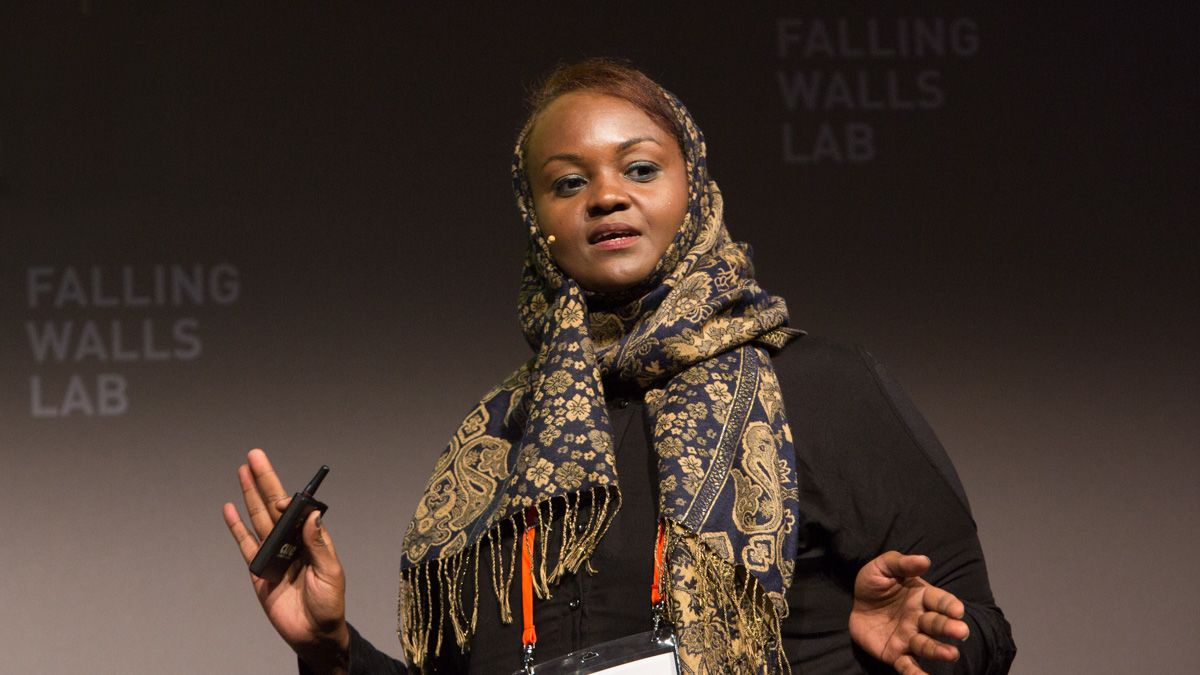
Can insects save the world? Dr Marwa Shumo — sometimes known as Lady of the Flies but more accurately described as an Associate Researcher in the Department of Ecology and Natural Resources Management at the Center for Development Research (ZEF) at Bonn University — explained that at the very least, they will have an important role to play.
That role is dinner:
Our global population is growing. We’re at around 8 billion people already, and some predictions suggest we will be at 10 billion by the year 2050, and maybe even surpass that. In parallel, there are nations in the developing world that are changing economically, so for instance in China, the middle classes are expanding and therefore moving towards a more Westernized diet, with more animal products.
That trend is coupled with an alarming amount of food waste, Marwa said. She estimated that about a third of the food produced worldwide is wasted.
Here in Europe, it’s because of high standards and the shelf-life requirements that supermarkets have. In the developing world, the waste happens post-harvest, as the infrastructure isn’t always there to get it to people who need it, and there are not proper storage techniques.
Insect delicacy (Credit: Dr Argang Ghadiri)
Insect delicacy (Credit: Dr Argang Ghadiri)
Insect delicacy (Credit: Dr Argang Ghadiri)
Insect delicacy (Credit: Dr Argang Ghadiri)
7.
Digital dashboard tackles unconscious bias in academic recruitment
By Linda Willems | March 10, 2023
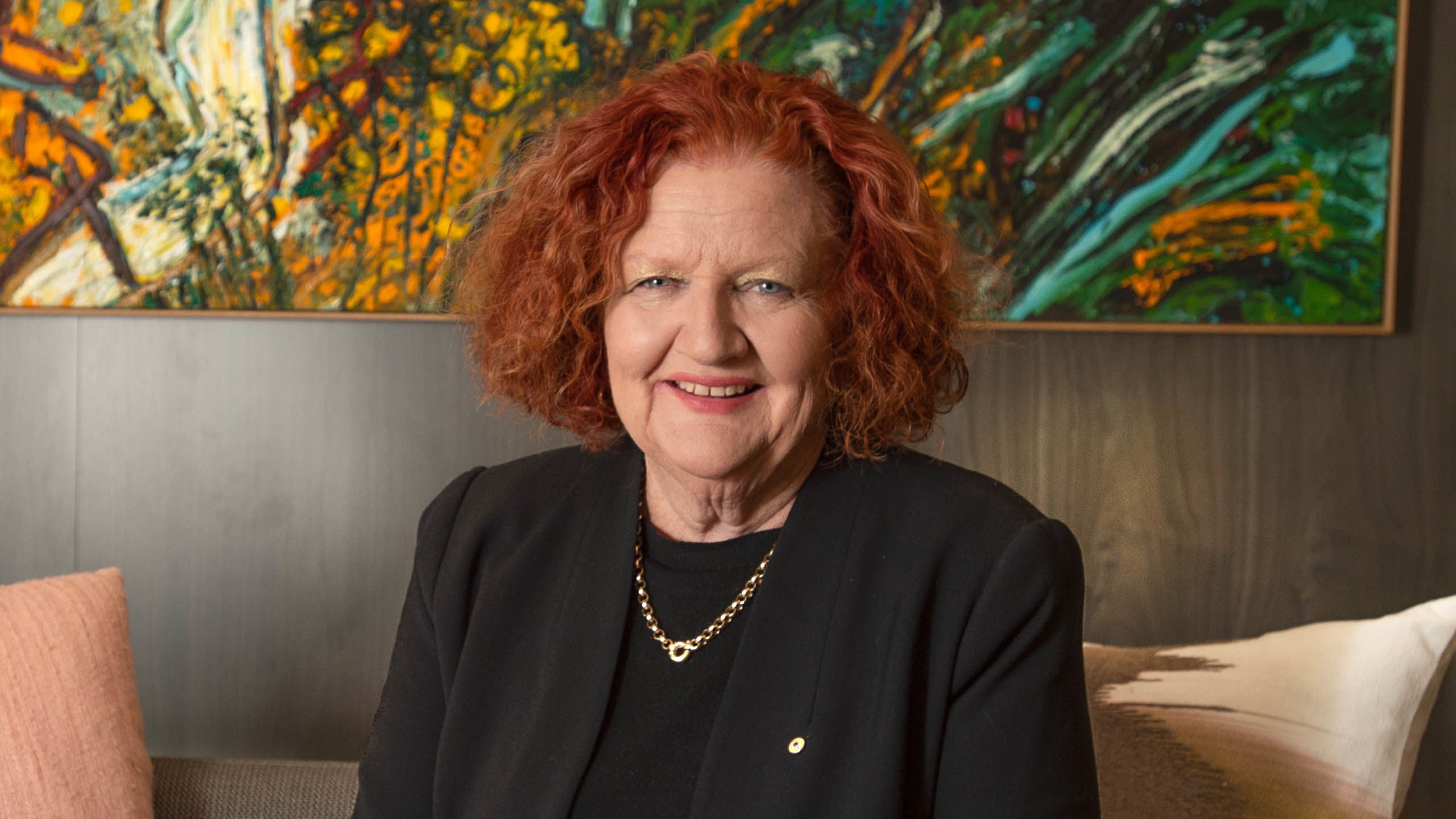
Academic recruitment is fraught with challenges. It can be time-consuming and complex, and with its reliance on publications and personal networks, there’s a high potential for bias. This bias can compromise the integrity of research, which depends on diverse perspectives. And it ultimately impacts researchers and their careers.
“If early-career researchers feel they aren’t being recognized, promoted or rewarded, they will go and do something else,” says Prof Margaret Sheil.
As Vice Chancellor of Queensland University of Technology (QUT), Margaret has a first-hand view of the challenges and intricacies of the recruitment and promotion process in academia — and innovative ideas on how to improve it. The topic came up when Margaret met with Elsevier’s Chief Academic Officer, Dr Nick Fowler, during his visit to Australia in 2020. When they touched on the use of research indicators in recruitment and promotion, Margaret’s gender radar was triggered:
There is this view that using indicators and data to generate candidate shortlists is less biased than traditional methods, such as reviewing CVs. But I think indicators can be just as biased, and can discriminate against women, in particular.
She points to the h-index as one of the biggest culprits:
It relies on length of career and other factors, including patronage from senior colleagues, yet women are more likely than men to take career breaks for family reasons and/or be nominated less frequently for awards and international collaborations.
However, her years in academia and university leadership roles, along with her policy work for the Australian government, have shown Margaret just how valuable indicators can be.
So I asked Nick whether we could use indicators to make the initial selection process for vacancies fairer; for example, look at people’s careers more inclusively and reward other behaviors, such as being a generous collaborator or mentor.
Nick’s answer was a resounding yes:
Working with someone like Margaret, who is so knowledgeable and respected, is a huge honor. And when she described her idea to me, not only did it make so much sense, I also knew our teams had the experience, data access and computing power to make it a reality.
Once home in Amsterdam, Nick connected Margaret with colleagues in Elsevier’s International Center for the Study of Research (ICSR) and its ICSR Lab. Together, they embarked on a project that has the potential to transform academic recruitment. Over the 18 months that followed, Margaret and the ICSR team developed a prototype application with an interactive dashboard that contains an array of indicators. These include familiar choices, such as publication count and h-index, but also new and broader indicators that expand the definition of researcher success.
The application is currently being tested by Margaret and other research leaders in the higher education sector. And while the project team gathers their feedback, work is already underway on the next stage of the collaboration — the development of a graphical CV for researchers that provides an enriched view of their careers and achievements over time.
6.
Three key principles for an accessible website
By Astrid Van Hoeydonck and Ted Gies | June 20, 2023

Accessibility experts on the ScienceDirect team share their approach to making Elsevier’s research platform accessible to people with disabilities
The world has benefited greatly from scientists with disabilities. Florence Seibert, a mobility impaired polio survivor, invented the first reliable tuberculosis test, which is still used today. Dr Temple Grandin, an animal scientist with autism, is renowned for developing more humane and efficient farming techniques. Dr Cecilia von Beroldingen, a forensic scientist who is blind, developed a DNA typing system for single hairs.
The ScienceDirect team is honored that our platform hosts articles published by these remarkable scientists as part of its corpus of 20+ million scientific articles and 45,000+ eBooks. It is therefore our responsibility to ensure that scientists’ contributions are published in the most accessible manner.
Scientific information in books and journals needs to be accessible — designed to be universally usable so that people with disabilities can consume and contribute to research. Accessible design is a deliberate practice whereby a person with a disability can access a service as fully, equally and independently as a person without a disability.
But how do you know if online journals and books are accessible? What tools and methods would lead to a website being declared “accessible”?
Thankfully there are dozens of free accessibility evaluation tools that make it easy to identify issues automatically. This includes the WAVE Tool developed by WebAIM (Web Accessibility in Mind), a nonprofit organization at Utah State University. WAVE is a popular browser extension that quickly highlights issues that could prevent a person with a disability from using a website. As part of our accessibility journey, we’ve employed WAVE and other testing tools, setting a goal to eliminate all accessibility barriers reported by these tools.
This year we were happy to achieve 0 WAVE errors on 2 key pages: the ScienceDirect homepage and the article page. This achievement helped ScienceDirect reach the #1 spot in the 2023 WebAIM Million. This is remarkable considering that across the sample of the 1 million most popular websites, there was an average of 50 errors per page and a 10% increase in errors compared to last year. We would like to congratulate the other 3.7% of websites in the sample which also achieved 0 WAVE errors.
As much as we are proud of this result, the WebAIM #1 ranking does not mean we are done with accessibility, nor does it mean the platform is error free. Instead, we see it as a testament to our commitment to accessibility over the past 20 years and additional motivation to reinforce our efforts towards making ScienceDirect one of the most accessible platforms of peer-reviewed scholarly literature.
We are actively working to remediate other issues found through our comprehensive testing regimen and are committed to aligning to the Web Content Accessibility Guidelines while ensuring the best possible accessible user experience.
Achieving an accessible user experience requires a lot more than just using automated testing tools. The multidisciplinary team behind ScienceDirect employs a mix of automated, manual, and human subject tests regularly to ensure content and features are usable and accessible.
5.
Global South nations are making gains on the research playing field
By Carlos Henrique de Brito Cruz, DSc, OBE
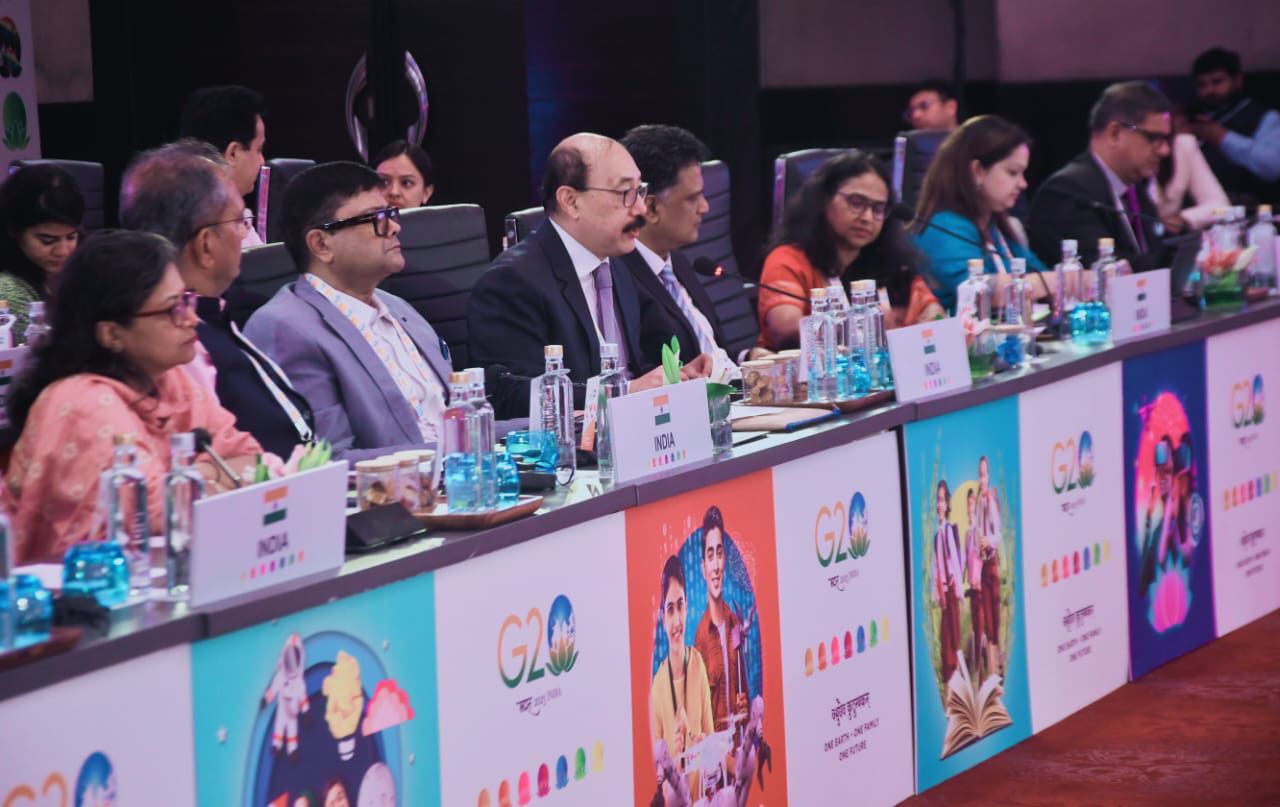
Elsevier’s new report reveals which G20 countries are gaining ground in research — and what that means for the state of the world
India has overtaken the UK to become the third largest producer of scientific publications among the Group of 20 (G20) nations in 2022.
This was among the findings of a special report I authored: Fostering collaboration: a study of scientific publications with authors in G20 countries. Highlights were shared by India’s Ministry of Education in June at a precursor event for the international research and scientific community in Pune ahead of the 4th G20 Education Working Group Meeting. India holds the presidency of the G20 through November.
Report highlights
Last year, more than 280,000 research articles were published by local authors based in India and nearly 240,000 by UK-based Indian authors.
The report also shows that over a 10-year period between 2012 and 2022, the average annual growth rate for the number of scientific publications among authors in India was 9.7% compared to 1.9% for the UK. Meanwhile, China’s growth rate was 9.3% while that of the US was 0.5%.
While the change is not unexpected given India’s 1.4 billion population in 2022 (which is more than 20 times that of the UK’s 67 million), it carries significant meaning and suggests a profound impact. The capacity to contribute new knowledge to the global science enterprise is becoming more evenly distributed, and we’re moving in the right direction. But there’s still some way to go in terms of attaining a more level “playing field.”
Other Global South countries are also enjoying high growth rates for their scientific output. From 2012 to 2022, the number of publications by authors in Indonesia grew at an annual average rate of 26%, Saudi Arabia’s grew by 17% and South Africa’s annual growth rate was 7.8% — all well above the world average annual growth rate of 3.6% and even the G20 countries’ average of 4.1%.
4.
How science can help feed the future
By Milly Sell | September 13, 2023
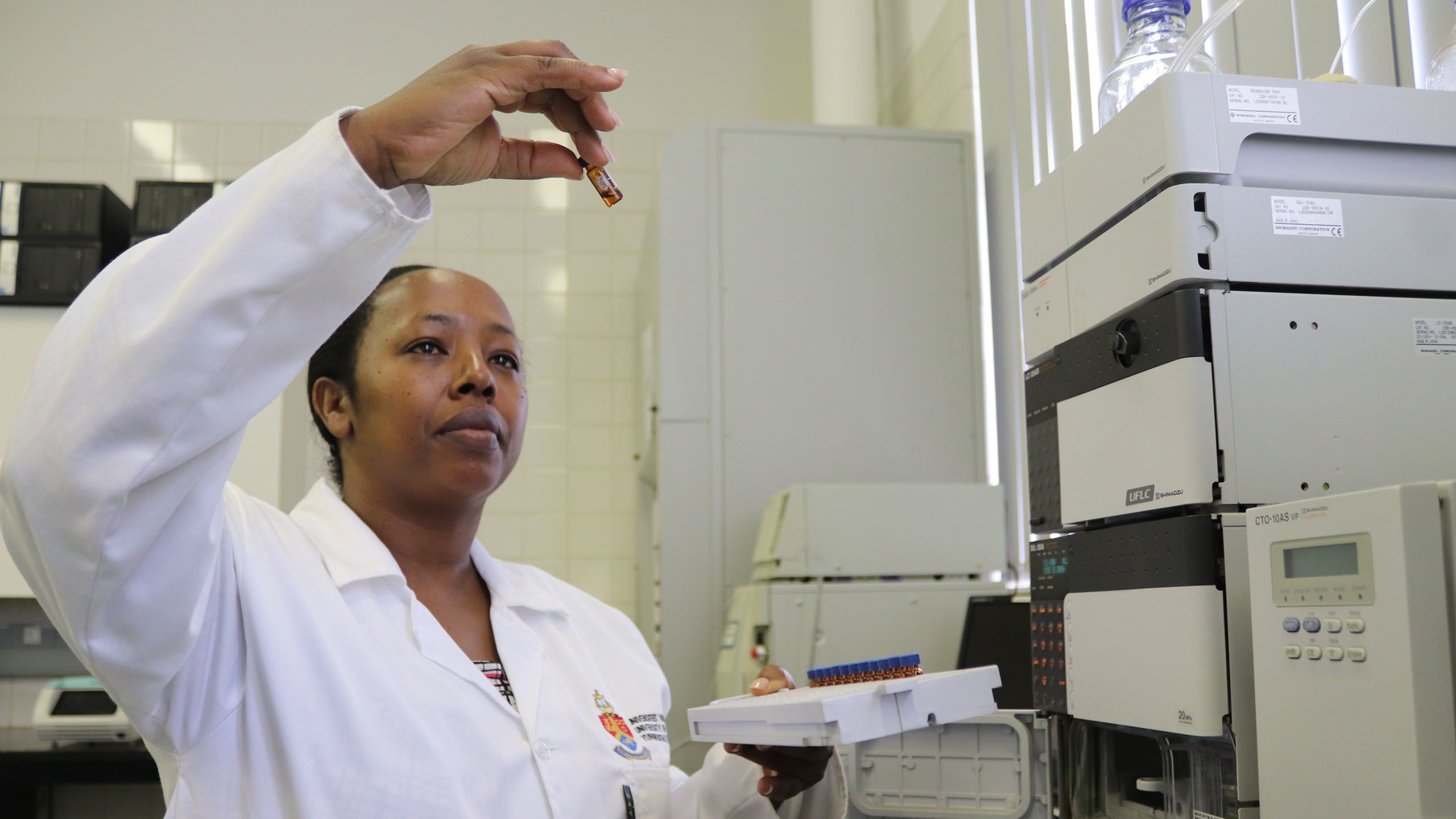
Eugénie Kayitesi spent the first seven years of her life moving from one refugee camp to another as she and her parents fled the civil war in Uganda. She experienced first-hand the devastating effects caused by not having enough food:
“From one country to another, a lack of food was part and parcel of that experience. I saw people die from hunger or malnutrition-related issues.”
The experience led her to the path she is on today. Through her research, Eugénie hopes to improve nutrition, diet and food security in Africa and beyond.
“I think for most people, your career choices, your drive, is based on some of your experiences.”
Eugénie is an Associate Professor in the Department of Consumer and Food Sciences at the University of Pretoria, South Africa. She has published more than 30 peer-reviewed international journal articles and book chapters, received multiple awards and is a World Academy of Science (TWAS) Young Affiliate. This year, she received an OWSD-Elsevier Foundation Award for Early Career Women Scientists in the Developing World.
Collaboration with other research teams is one way to help drive development of more nutritional foods around the world. Ensuring wide access to the research findings is another vital route. Here, Eugénie believes open access publishing can play an important role.
“For years, you’d publish papers and they would stay locked up, with only those with money getting access. I think open access is an amazing tool.”
3.
Exploring the heart in mixed reality
By Terri Mueller | 27 June 2023

Today’s medical students face limited access to hands-on clinical experiences and cadavers for their studies. Medical schools continue to face challenges in providing a clear way to connect the study of anatomy to clinical material and hands-on practice of critical clinical skills. Mixed reality can offer a new approach to supplement this training and shape the future of healthcare.
Elsevier's Complete HeartX allows medical students to learn about the heart in an immersive mixed reality environment. It's the start of a series of spatial experiences helping medical schools to envision a way to better prepare students for clinical rotations and help develop practical skills. Students can experience a full ventricular fibrillation scenario, from understanding the physiology and diagnosing EKG readings to shock delivery.
The life-like case provided in Complete HeartX challenges students to complete tasks under pressure, mimicking real moments in the emergency department. It also helps students master complex physiological concepts, gain confidence managing serious arrhythmias, and make choices that can save lives — all within a low-risk mixed reality simulation.
In June, it was showcased as one of the featured apps for the Apple Vision Pro during the Worldwide Developer Conference.
Complete HeartX allows students to learn about and explore the heart by being placed in an immersive mixed-reality environment where they can experience a full ventricular fibrillation scenario.
Complete HeartX allows students to learn about and explore the heart by being placed in an immersive mixed-reality environment where they can experience a full ventricular fibrillation scenario.
2.
With the rise of LLMs, what should we really be concerned about?
By Ian Evans | December 14, 2023
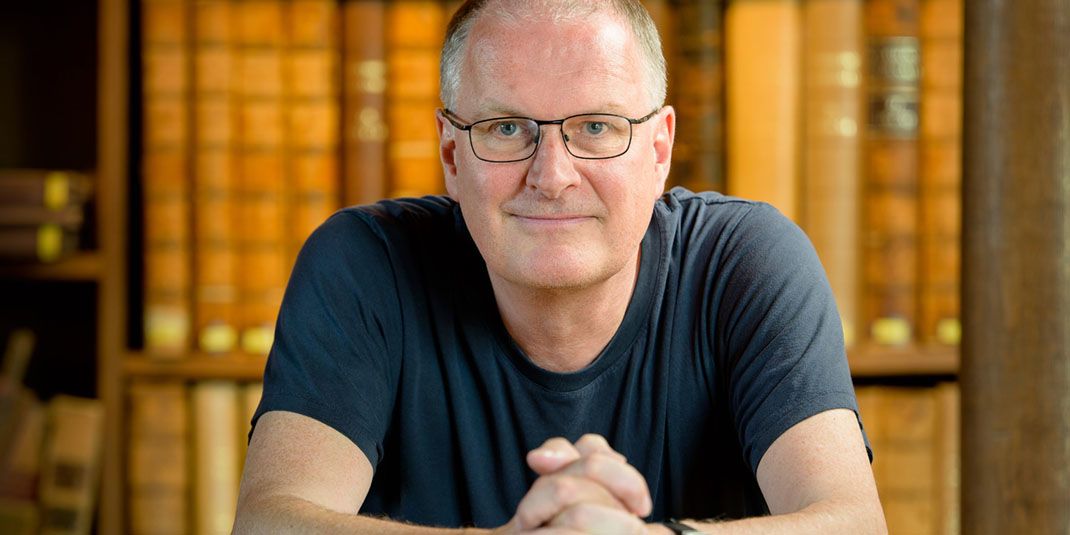
The arrival of large language AI models like ChatGPT has triggered debates across academia, government, business and the media. Discussion range from their impact on jobs and politics to speculation on the existential threat they could present to humanity.
Michael Wooldridge, Professor of Computer Science at the University of Oxford, described the advent of these large language models (LLMs) as being like “weird things beamed down to Earth that suddenly make possible things in AI that were just philosophical debate until three years ago.” For Michael, the potential existential threat of AI is overstated, while the actual — even mortal — harms they can already cause are understated. And the potential they offer is tantalizing.
So what's the real risk of AI?
Speaking in advance of delivering one of the Royal Institution Christmas Lectures December 12, Michael said concerns around existential threats were unrealistic:
In terms of the big risks around AI, you don’t have to worry about ChatGPT crawling out of the computer and taking over. If you look under the hood of ChatGPT and see how it works, you understand that’s not going to be the case. In all the discussion around existential threat, nobody has ever given me a plausible scenario for how AI might be an existential risk.
Instead, Michael sees the focus on this issue as a distraction that can “suck all the air out of the room” and ensure there’s no space to talk about anything else — including more immediate risks:
There’s a danger that nothing else ever gets discussed, even when there are abuses and harms being caused right now, and which will be caused over the next few years, that need consideration, that need attention, regulation and governance.
Michael outlined a scenario where a teenager with medical symptoms might find themselves too embarrassed or awkward to go to a doctor or discuss them with a caregiver. In such a situation, that teenager might go to an LLM for help and receive poor quality advice.
1.
Clinician of the Future 2023: Education Edition
By Elsevier Health | November 2023

➤ 25% of medical students in the USA and 21% in the UK are considering quitting their studies
➤ 58% see their current studies as a stepping-stone towards a broader career in healthcare that will not involve directly treating patients
➤ 60% are worried about their current mental health
These are just a few of the findings from the Clinician of the Future 2023: Education Edition. The report, by Elsevier Health, is based on a survey of 2,212 medical and nursing students from 91 countries and two roundtable sessions with key opinion leaders and faculty in the USA and UK.
“The aim was to gain a deep understanding of students’ experiences today and their expectations for the future in healthcare, as well as the perspectives of those instructing them," the report states:
Today’s medical and nursing students are driven by the impact they will be able to make in patients’ lives, are largely committed to their studies and rate their education highly. But they are concerned about their mental health, they are feeling the pressure — both financial and academic — and they worry about the looming clinician shortages. Taken together, these factors mean an alarming number are reconsidering their futures.
Technology may offer support, and students are already embracing the latest developments, including generative AI. But students also raised the need for sufficient guidelines and safeguards.
For example, half (51%) said they have some worries about the impact of AI on education, and 56% said they had fears about how Generative AI could impact the healthcare community.


